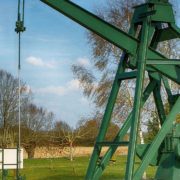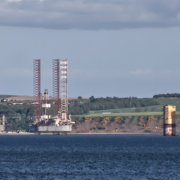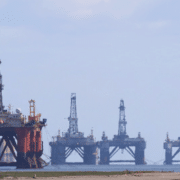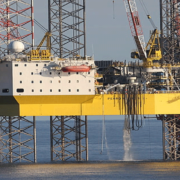Over the past 60 years, U.S. oil production has seen its ups and downs. From the decline that began in 1970 through the fracking boom of the 2000s, U.S. presidents have overseen a wide range of oil production changes.
As I have explained previously, a president often benefits from the actions of his predecessor. For example, President Carter benefitted from President Nixon’s decision to approve the Alaska Pipeline, and Presidents Obama and Trump benefitted from the pro-fracking regulations of the President George W. Bush administration.
Thus, this article shouldn’t be seen as crediting particular presidents for the oil production that took place while they were in office. Generally, those trends were set in motion years earlier.
With that in mind, below I present the change in oil production during each presidential term since 1960. For presidents that served two terms, I broke it into two parts. Nixon’s term consists of about 5.5 years, and due to Nixon’s resignation Gerald Ford’s term was about 2.5 years.
Here are the terms:
- John Fitzgerald Kennedy (JFK): 1961 – 1963
- Lyndon Baines Johnson (LBJ): 1963 – 1969
- Richard Milhouse Nixon (RMN): 1969 – 1974
- Gerald Rudolph Ford (GRF): 1974 – 1977
- Jimmy Carter (JC): 1977 – 1981
- Ronald Wilson Reagan (RWR): 1981 – 1989
- George Herbert Walker Bush (GHWB): 1989 – 1993
- William Jefferson Clinton (WJC): 1993 – 2001
- George Walker Bush (GWB): 2001 – 2009
- Barack Hussein Obama (BHO): 2009 – 2017
- Donald Trump (DT) 2017 – 2021
Click here to read the full article.
Source: Oil Price
If you have further questions about any U.S Oil production topics, feel free to reach out to us here.










